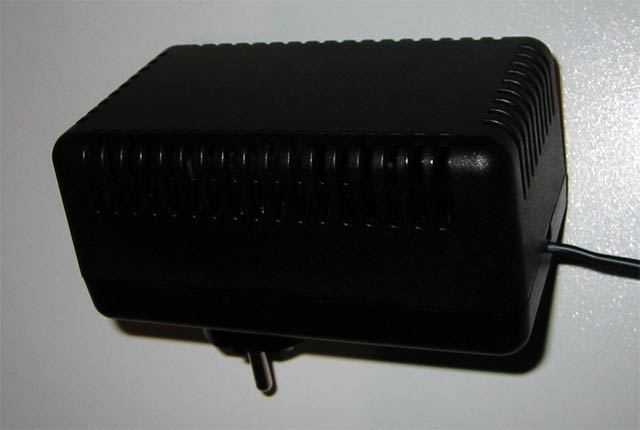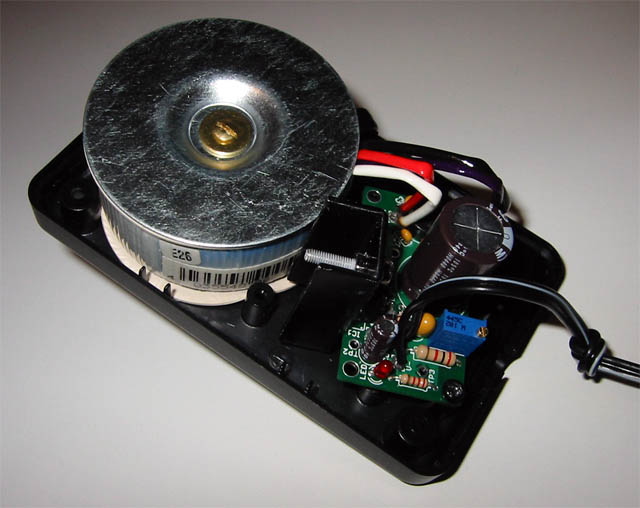มีคนอยากลองปรับปรุงคุณภาพชุดฟร้อนในรถ ติดต่อผ่านมาทางคุณE6420
คุณE6420บอกว่า ทำไรก็ให้เอาลงกระทู้ไปด้วย เผื่อมีใครอยากซนจะได้มีแนวทาง
ชุดฟร้อนแบบเล่นซีดีได้1+5แผ่น(CD Jukebox) เป็นของติดรถนิสสัน รุ่นไรก็จำไมได้
ด้านหน้ามีช่องAUX inให้1ช่อง เอาไว้รับสัญญาณจากพวกเครื่องเล่นพกพา เช่น IPOD



ไหนๆก็หลงเข้ามาดูกันแล้ว ลองช่วยกันคิดช่วยกันมั่ว จุดไหนตรงไหนน่าทำไรบ้าง
โพสต่อเรื่องไอซีแอมป์ภาคขยายเสียง หน้า127 โพส#2524
คุณE6420บอกว่า ทำไรก็ให้เอาลงกระทู้ไปด้วย เผื่อมีใครอยากซนจะได้มีแนวทาง
ชุดฟร้อนแบบเล่นซีดีได้1+5แผ่น(CD Jukebox) เป็นของติดรถนิสสัน รุ่นไรก็จำไมได้
ด้านหน้ามีช่องAUX inให้1ช่อง เอาไว้รับสัญญาณจากพวกเครื่องเล่นพกพา เช่น IPOD



ไหนๆก็หลงเข้ามาดูกันแล้ว ลองช่วยกันคิดช่วยกันมั่ว จุดไหนตรงไหนน่าทำไรบ้าง
โพสต่อเรื่องไอซีแอมป์ภาคขยายเสียง หน้า127 โพส#2524

 เห็น4558 เนี่ยผมจับเปลี่ยนก่อนเลย มันเสียงดังนะ แต่กระด้างๆ แข็งๆ ผมไม่ชอบมันเอาซะเลย
เห็น4558 เนี่ยผมจับเปลี่ยนก่อนเลย มันเสียงดังนะ แต่กระด้างๆ แข็งๆ ผมไม่ชอบมันเอาซะเลย





















Comment